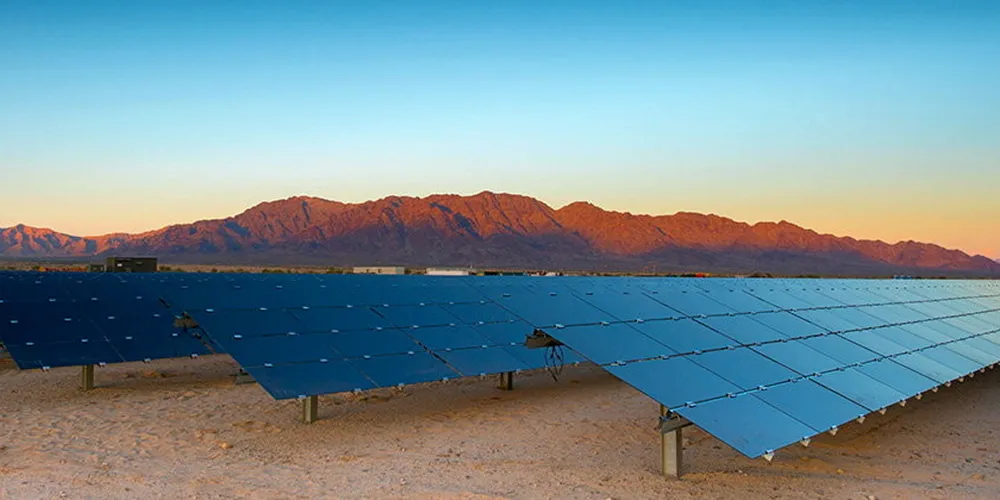Solar paces 2023 US power generation build as onshore wind slumps to decade low: FERC
Solar is now the nation's third largest carbon-free power source behind onshore wind and nuclear

Grid-scale solar accounted for 48% of 37.24GW of power capacity installed by the US in 2023, while onshore wind additions slumped to a decade low, according to latest numbers from Federal Energy Regulatory Commission (FERC).
Solar installations totaled 18.35GW versus 12.23GW in 2022 when total power capacity additions were 29.76GW.
The strong performance by solar resulted from solid demand from companies and electric utilities, and fewer supply chain bottlenecks for cells and modules, most of which are Chinese branded and imported from Southeast Asia.
Project developers have been stockpiling product from that region in anticipation President Joe Biden’s administration will lift a two-year moratorium on tariffs on 6 June, which he imposed to give the industry here more time to develop domestic supply.
The administration has found that some leading Chinese suppliers are avoiding US tariffs by shipping cells and modules through certain Southeast Asian nations, potentially exposing them to retroactive levies when the ban ends.
Importers here also had success finding alternative sourcing for polysilicon, cells, and other critical components in solar panels to replace those originating in China’s Xinjiang region.
In June last year, the US Customs and Border Protection (CBP) began tough enforcement of the Uyghur Forced Labour Prevention Act (UFLPA), which addresses alleged human rights abuses in the Xinjiang region. China has denied allegations of forced labour.
Onshore wind ranked third behind solar and natural gas in 2023 with installations totaling 6.35GW, down from 10.14GW the previous year and the fewest since 2014.
The sector was hindered by interconnection and permitting challenges, and uncertainty over availability of federal tax credits, which led some developers to defer projects until this year or cancel them outright.
While the landmark August 2022 federal climate law did renew the credits long-term, the Department of Treasury has not issued final guidance for full eligibility, leaving some projects on hold until this occurs.
Onshore wind is the nation’s top carbon-free power source with 151GW, or 11.7% of total installations, followed by nuclear (8%), solar, and large hydro (7.8%).
Natural gas, meanwhile, had a strong year, boosting additions to 11GW from 7.05GW in 2022, It remains the top power source with 43.9% of US installed generating capacity, followed by coal at 16.2%.
The US also derives power from minor sources including biomass, energy storage, fuel oil, geothermal, and waste heat.
(Copyright)